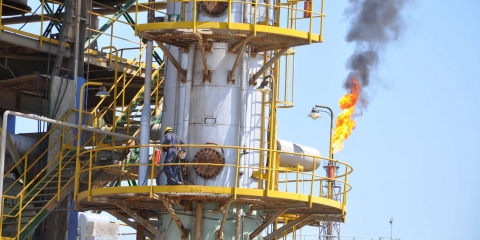ISIS oil funds don’t stretch as far as you may think
As repeatedly happens in Middle East conflict, oil infrastructure was a military target last week. On Wednesday, UAE and Saudi warplanes supported US forces in destroying refineries in eastern Syria. This was not a rerun of Saddam Hussein’s scorched earth policy in Kuwait, but rather an attempt to cut off funds to ISIL. The role […]Robin Mills writes for the National :
As repeatedly happens in Middle East conflict, oil infrastructure was a military target last week. On Wednesday, UAE and Saudi warplanes supported US forces in destroying refineries in eastern Syria. This was not a rerun of Saddam Hussein’s scorched earth policy in Kuwait, but rather an attempt to cut off funds to ISIL.
The role of oil revenues for ISIL has come under intense scrutiny since its seizure of Mosul in June. Some estimates have suggested it earns US$2 million to $3m daily from oil sales, making it the world’s wealthiest terrorist group. But these figures are likely to have overestimated both volume and value of the oil, and the number has probably fallen significantly since then. Shortly after the fall of Mosul, ISIL held seven oilfields in northern Iraq and several small refineries, and was besieging Iraq’s largest refinery at Baiji.





